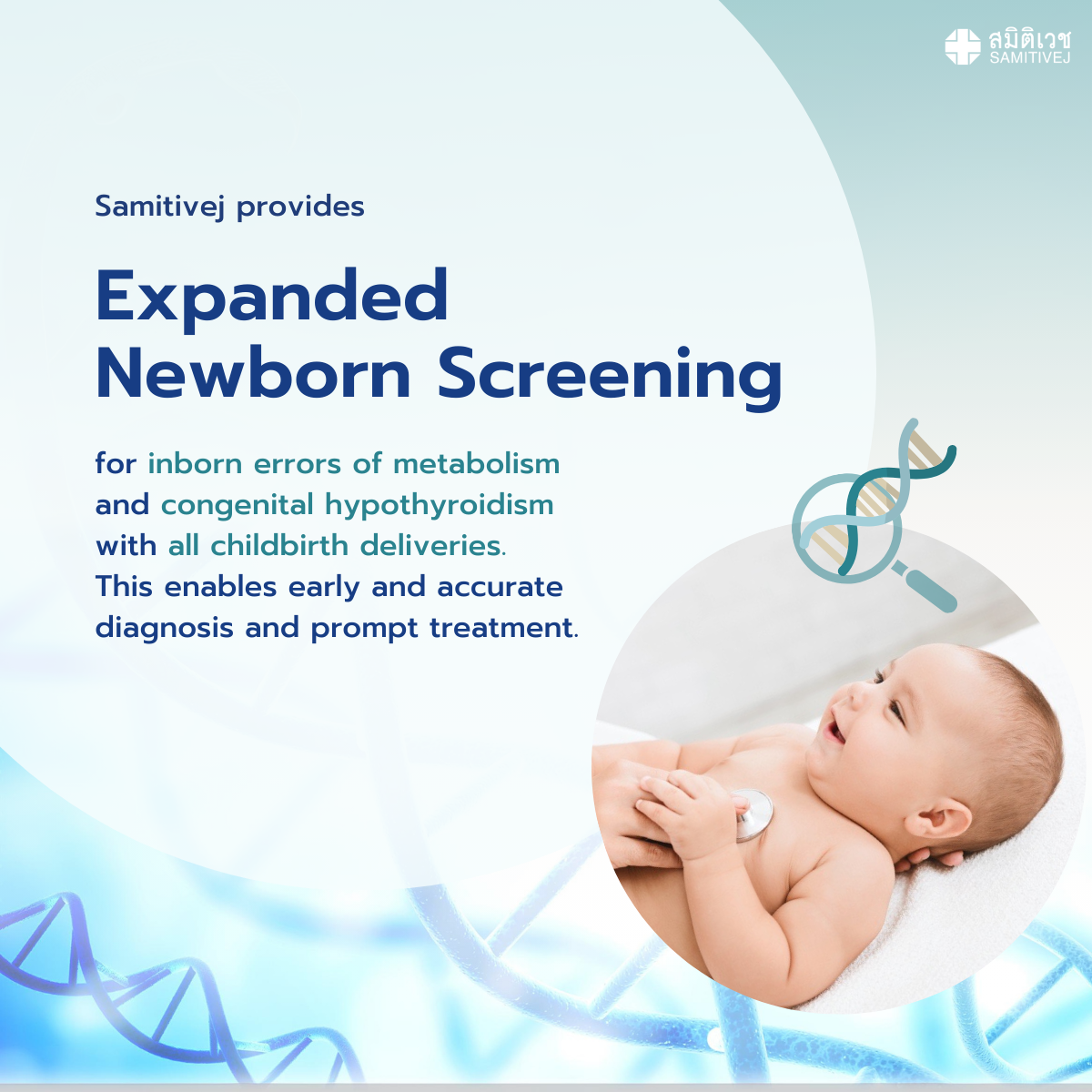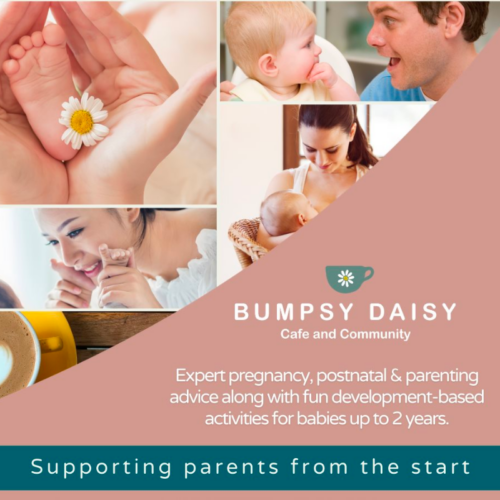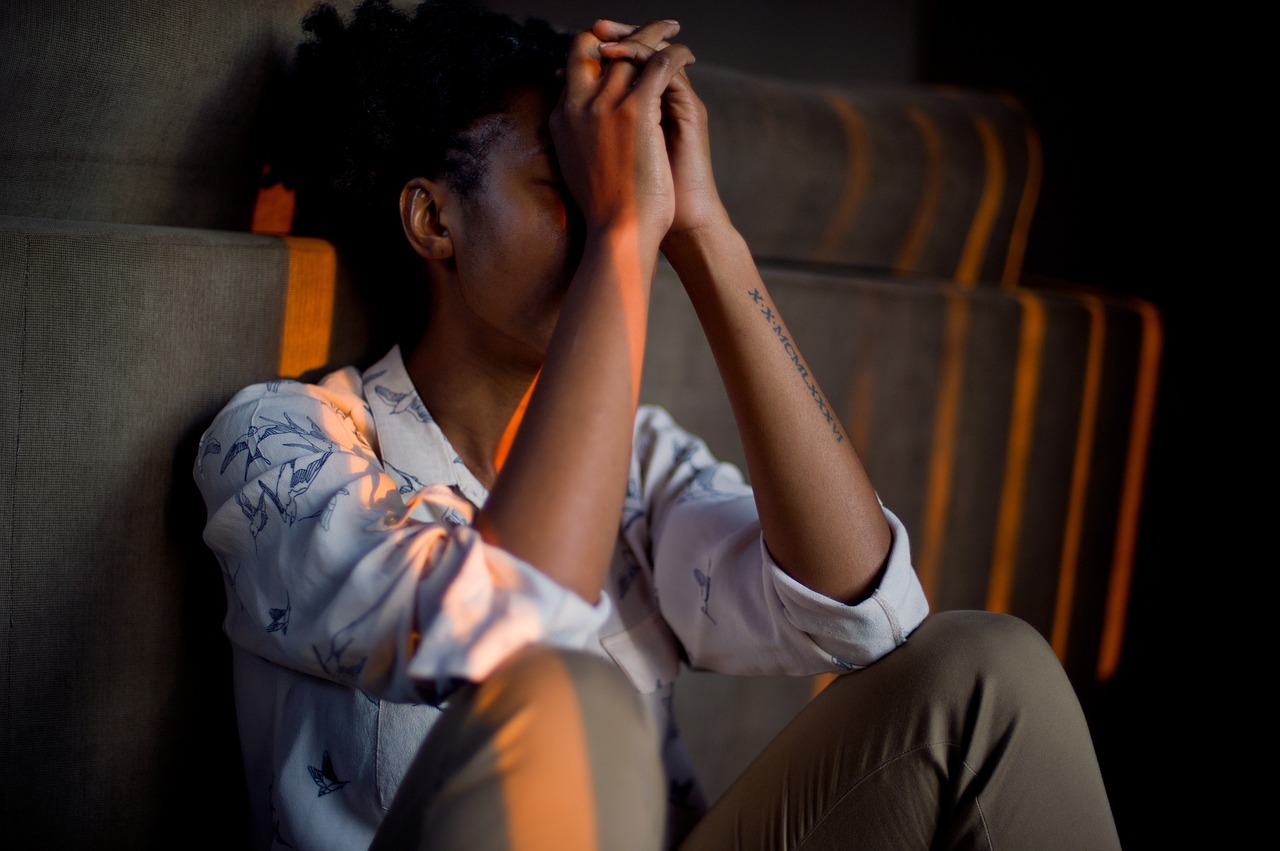Flying with a baby or infant is often overwhelming and stressful. The following guide offers some of the essential things to consider.
Tickets and passports
First, check the airline’s policy on travelling with babies. Some only allow infants on board when they’ve reached a certain age. Also, your baby will need a ticket, whether or not they are in their own seat. As for fares, major airlines typically allow babies under two years old to fly for free. However, certain carriers charge a percentage of the adult fare.
One thing you’ll definitely need for your baby or infant is a passport for international travel. If you intend to fly shortly after the birth, it’s worth noting that a new passport can take several weeks to be issued. Also, don’t forget to bring the birth certificate or a declaration of birth abroad as proof that you are one of the parents. If travelling alone, prepare a signed letter from the baby’s non-travelling parent that states that you have their permission to take the baby out of the country; this will especially come in handy if you and the baby use different last names.
Where should we sit?
Make life easier for yourself by picking where you sit. A seat near the front of the aircraft is preferable as the sounds of the engines are less noisy than in the back. For the Economy section, try grabbing a bulkhead seat, which allows extra legroom, as well as a bassinet that attaches to the dividing wall. Just bear in mind that you’ll have to stow your carry-on bags in the overhead bins during take-off and landing.
Usually, babies under two can sit on your lap and the cabin crew will help fit an extension belt for both of you. Carrycots are also sometimes provided on long-haul flights, but check with your airline in advance to learn the options, as well as their policy on baby safety.
Is it worth bringing a car seat and pram?
For a long-haul flight, if might be a good idea to bring the car seat if you bought your baby his or her own seat, but do check with the airline first, as different airlines have different rules. If you want to bring a car seat and/or pram for use at the airport, you usually have the option of checking them at the gate. However, inquire about your airline’s luggage policies as some offer this service for free while others charge extra.
Can I store baby food and milk in my hand luggage?
Yes, you can. The restrictions on liquids don’t apply to milk and food for a baby. This includes boiled water to make up a feed, although you’ll have to store this in a baby bottle. Airport security may ask to check what you’re carrying before you board the aircraft. For parents who are bottle-feeding, certain airports offer a handy reserve-and-collect service for formula milk and will let you select your preferred brand.
Keeping them calm
It’s natural to worry about how your child will react on an aircraft, especially if it’s their first time flying. For babies, try breastfeeding or giving them a bottle to help them settle them down. This tactic is especially useful when taking off or landing as it can help prevent their ears from popping. Walking up and down the aisle is another tried-and-tested approach. And if possible, book a night flight if you’re travelling long haul. Depending on their sleeping patterns, your baby or infant may be more likely to sleep, giving you a few moments of rest as well.
Register your email address here and we’ll notify you when a new article gets uploaded.















